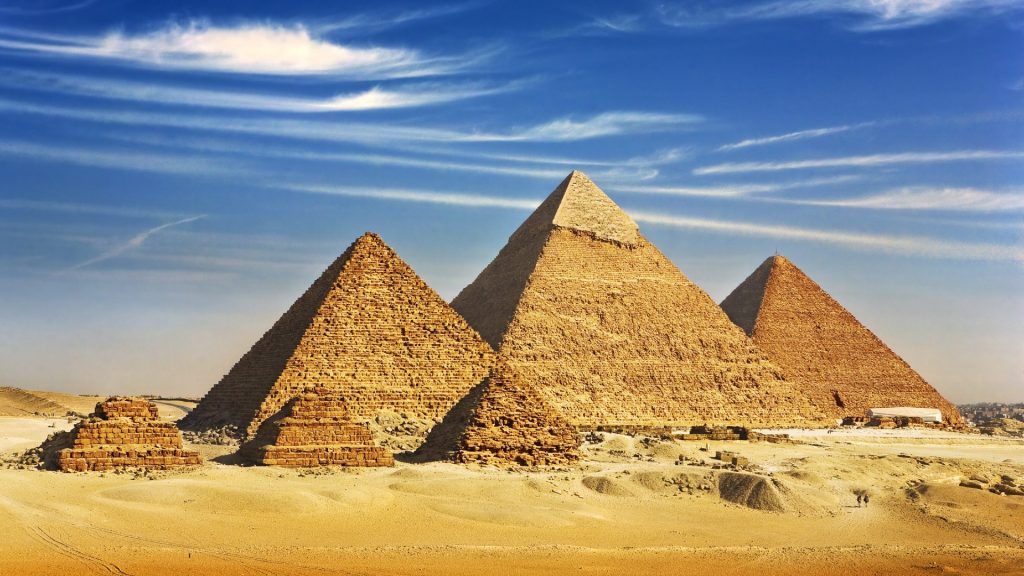A restoration project aimed at reconstructing the outer casing of the Pyramid of Menkaure, one of the Giza pyramids, has come under heavy criticism from archaeologists, who have likened it to the seemingly futile task of straightening the Tower of Pisa. The initiative, a collaboration between the Egyptian government and Japanese archaeologists, has already commenced, raising concerns among experts and sparking a heated debate in the archaeological community.
Project Details and Ambitious Goals
The restoration initiative targets the Pyramid of Menkaure, the smallest among the iconic Giza pyramids, with the ambitious goal of reconstructing the outer casing using original granite blocks scattered around the pyramid’s base. The project team argues that these blocks were dislodged during an earthquake within the past millennium, contributing to the current state of disrepair. A video shared on Facebook by Mostafa Waziri, the secretary-general of the Supreme Council of Antiquities, showcases workers laying granite blocks at the pyramid’s base.
Originally comprised of 16 granite blocks, only seven of the outer casing blocks survive today. The restoration project seeks to restore the pyramid’s façade, offering what Waziri claims to be the “first complete viewing” of the Menkaure pyramid in the modern era.
Outcry from Archaeologists and Skepticism in the Field
Despite Waziri’s enthusiasm, the video documenting the restoration efforts has sparked ire and mockery from experts in the field. Monica Hanna, a prominent Egyptologist, dismissed the project as “impossible,” criticizing the addition of what seemed to her as unnecessary features. She highlighted the perceived disregard for international principles on renovations, arguing that such interventions are prohibited.
Amidst the criticism, some comments on social media jokingly suggested incorporating wallpaper and a paint job into the restoration, while others questioned when a project to straighten the Tower of Pisa would be planned. The Leaning Tower of Pisa, famously stabilised to prevent further leaning, served as a poignant comparison.
Economic Concerns and Funding
Adding to the controversy, critics raised questions about the wisdom of embarking on a costly restoration project during Egypt’s economic downturn. With $32 billion in loan repayments due, exacerbated by high inflation and reduced trade through the Suez Canal, some argue that allocating resources to such a venture may not be in the country’s best interest.
In response to economic concerns, Waziri clarified in an interview with a state-affiliated media outlet that the first stage of the project would be funded by Japan, seeking to allay fears of an additional financial burden on Egypt during challenging economic times.
As the debate continues, the restoration project finds itself at the crossroads of historical preservation, international standards, and economic pragmatism, with the fate of the Pyramid of Menkaure hanging in the balance.





